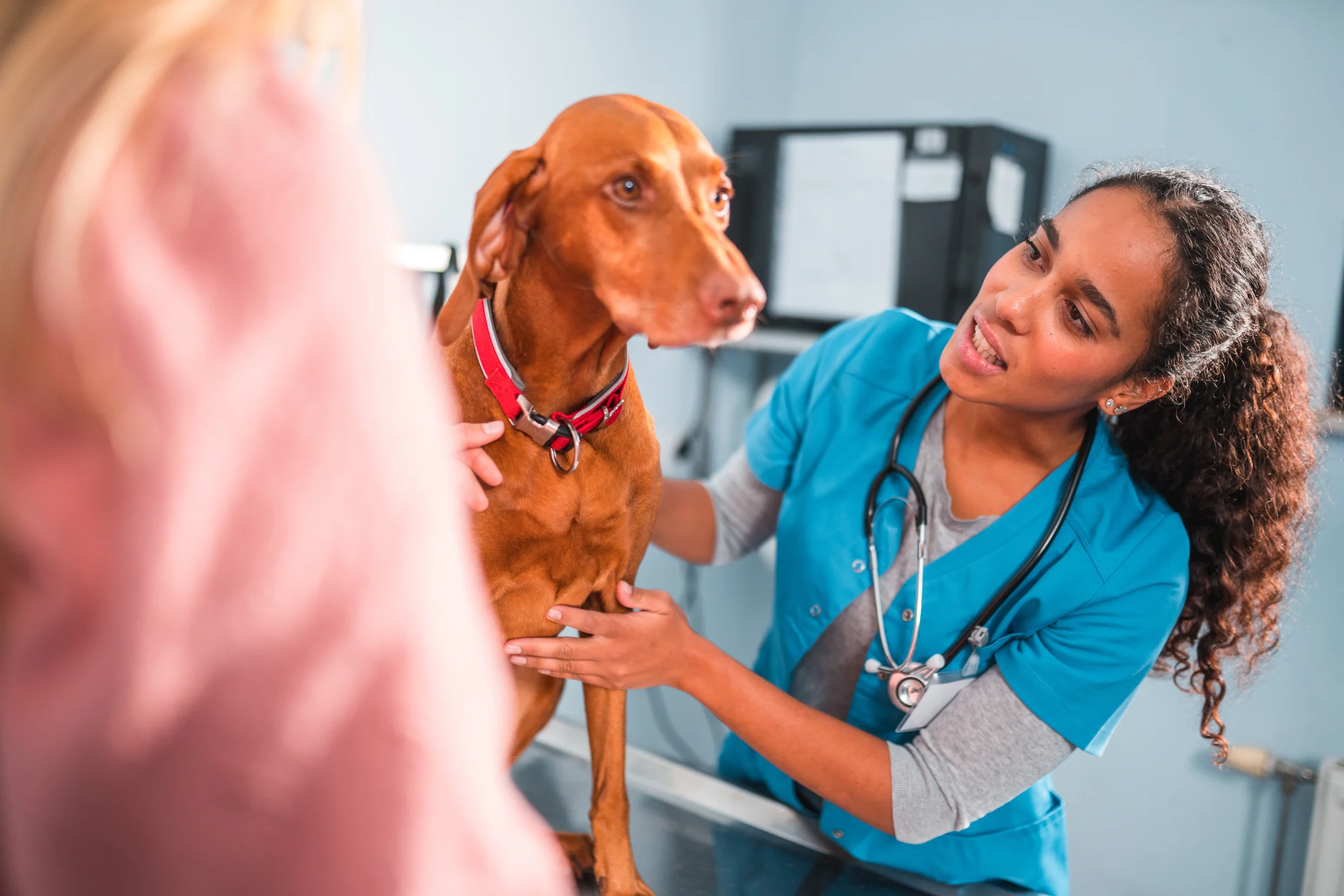What is veterinary telehealth or telemedicine? What should a clinic evaluate when considering veterinary telemedicine services and providing veterinary care remotely?

What is telemedicine and telehealth?
Telemedicine refers to caring for patients remotely when the veterinarian and patient are not in the same location, typically utilizing modern technology. Most commonly a video call application is used, which allows the veterinarian to visualize the patient while communicating with the pet owner through a call or chat.
Veterinary telehealth is the umbrella term that entails all uses of technology to deliver health information, education or care remotely to pets or pet owners. Telemedicine is a subcategory for telehealth and may be a modern veterinary software trend that's here to stay.. Other categories of veterinary telehealth are for example teleconsulting and telemonitoring.
Teleconsultations are remote consultations that take place between a vet and a veterinary specialist using technology to deliver care while being in different places. This could include interpreting medical images or simply sharing ideas. It allows veterinary practices to provide a wider range of services without having all experts in the same location.
There are various tools available on today’s diverse technology market that can be used to provide telemedicine services, however all are not created equal. When evaluating telemedicine services, it is especially important to review the security parameters of any application you are considering incorporating in your practice which would provide telemedicine services.

Veterinary telemedicine services
There are many factors to evaluate when considering incorporating and offering telemedicine veterinary services. First, it is critical that you have selected an application platform that has premium security parameters and flawlessly integrates with your practice management system. Secondly, while there are many tools that provide a platform to conduct video calls, an application specifically designed for telemedicine purposes gives your customers a tailored professional and personable experience.
Naturally, telemedicine services can only supplement standard veterinary practices and cannot replace or eliminate the need for physical exams and established veterinarian-client-patient relationships. A veterinarian-client-patient relationship (VCPR) must always exist when providing veterinary services.
Here are some elements of a VCPR:
- The veterinarian is familiar with the patient and their medical history deeply enough to be able to provide sound diagnoses and treat any medical conditions
- The pet owner has consented to evaluation and treatment being performed on the patient by the veterinarian and has also agreed to follow the veterinarian’s instructions
- The veterinarian needs to keep a written record of all medical care and advise the owner of different possible treatment options
VCPR is required prior to being able to offer veterinary telemedicine services to a client and patient. To establish VCPR, the patient must initially be examined in-person by the veterinarian. Telemedicine is a very valuable tool however to initially evaluate and triage if the pet does require a veterinary examination and further medical attention in-person.
Telehealth can be a good way to provide veterinary medicine services to pet owners in a more flexible manner. It can be a great help for people who have a long distance to a veterinarian. The veterinarian can evaluate the gravity of the situation and make a recommendation before the pet owner makes the decision on whether he or she wants to drive up to the clinic.
Technology can also enable smaller veterinary practices to consult other veterinarians and veterinary specialists more easily. It can be a great help for a new veterinarian, if there is a simple way to contact another veterinarian to discuss a situation or a diagnosis. Smaller practices may not have the resources to hire specialists of different fields, so teleconsultations may give them a more cost efficient way to offer specialized services.






